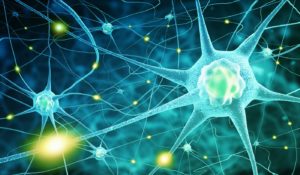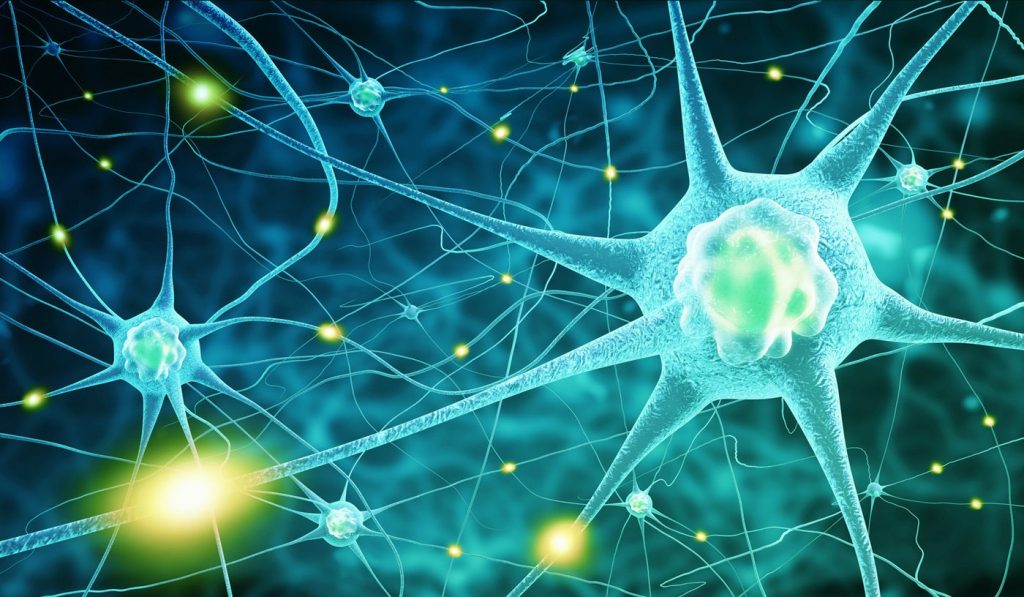Neurotransmitters and neurochemicals can act on lymphocytes by binding to receptors  expressed by lymphocytes. This review describes lymphocyte expression of receptors for a selection of neurotransmitters and neurochemicals, the anatomical locations where lymphocytes can interact with neurotransmitters, and the effects of the neurotransmitters on lymphocyte function. Implications for health and disease are also discussed.
expressed by lymphocytes. This review describes lymphocyte expression of receptors for a selection of neurotransmitters and neurochemicals, the anatomical locations where lymphocytes can interact with neurotransmitters, and the effects of the neurotransmitters on lymphocyte function. Implications for health and disease are also discussed.
This study, published in the Journal of Neuroimmunology, reviews the four required criteria for neurotransmitters and how neurotransmitters modulate immune function. The study also includes a review endocannabinoids and endorphins because these systems are frequently subject to pharmacological manipulation with possible physiological consequences for immune regulation, and adenosine which is important at the intersection of metabolism with the immune systems.
In this study you will learn:
1. The four criteria of neurotransmitters:
- Must be synthesized in neurons.
- Present in the presynaptic terminal and released in amounts sufficient to exert a defined action on the postsynaptic neuron or target cells in effector organs.
- Exogenous administration should mimic the action of the endogenously produced neurotransmitter.
- Intrinsic mechanisms exist for its removal from its site of action.
- Neurotransmitters can be (a) biogenic amines including serotonin, dopamine, epinephrine (adrenaline), and norepinephrine (noradrenaline), (b) neuropeptides including substance P, and (c) amino acids including glutamate and γ-aminobutyric acid (GABA) (Kavalali, 2015; Orrego, 1979; Rangel-Gomez and Meeter, 2016; Wilkinson and Brown, 2015).
2. Where do lymphocytes come into contact with neurotransmitters and neurochemicals?
3. Interaction of neurotransmitters and neurochemicals with lymphocytes.
4. Theoretical basis for the possible effects of behavioral interventions such as meditation, which modify neurotransmitter levels and affect the immune system.
5. How neurotransmitter signalling could be targeted to modulate immune function.





